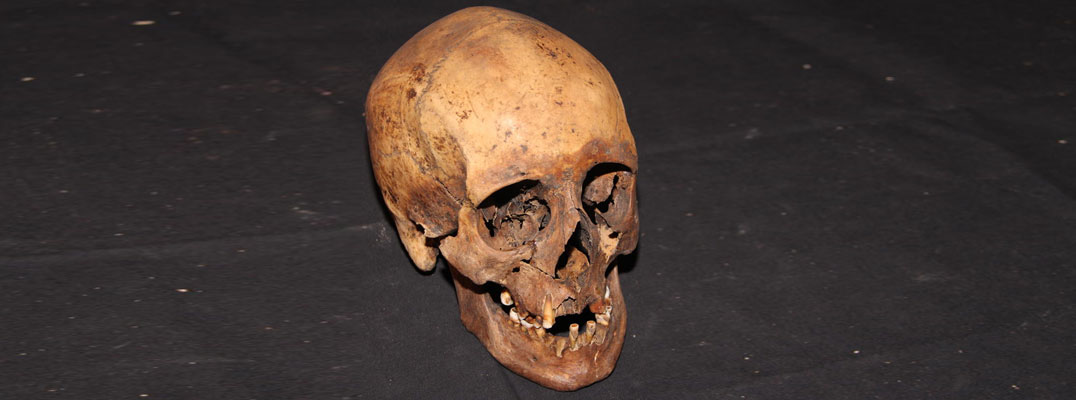The movement of people across the Bering Sea from North Asia to North America is a well-known phenomenon in early human history. Nevertheless, the genetic makeup of thepeople who lived in North Asia during this time has remained mysterious due to a limited number of ancient genomes analyzed from this region. Now, researchers reporting in Current Biology on January 12 describe genomes from ten individuals up to 7,500 years old that help to fill the gap and show gene flow from people moving in the opposite direction from North America to North Asia.
Their analysis reveals a previously undescribed group of early Holocene Siberian people that lived in the Neolithic Altai-Sayan region, near where Russia, China, Mongolia, and Kazakhstan come together. The genetic data show they were descendants of both paleo-Siberian and Ancient North Eurasian (ANE) people.
"We describe a previously unknown hunter-gatherer population in the Altai as early as 7,500 years old, which is a mixture between two distinct groups that lived in Siberia during the last Ice Age," says CosimoPosth at the University of Tubingen, Germany, and senior author of the study. "The Altai hunter-gatherer group contributed to many contemporaneous and subsequent populations across North Asia, showing how great the mobility of those foraging communities was."
Posth notes that the Altai region is known in the media as the location where a new archaic hominin group, the Denisovans, was discovered. But the region also has importance in human history as a crossroad for population movements between northern Siberia, Central Asia, and East Asia over millennia.
